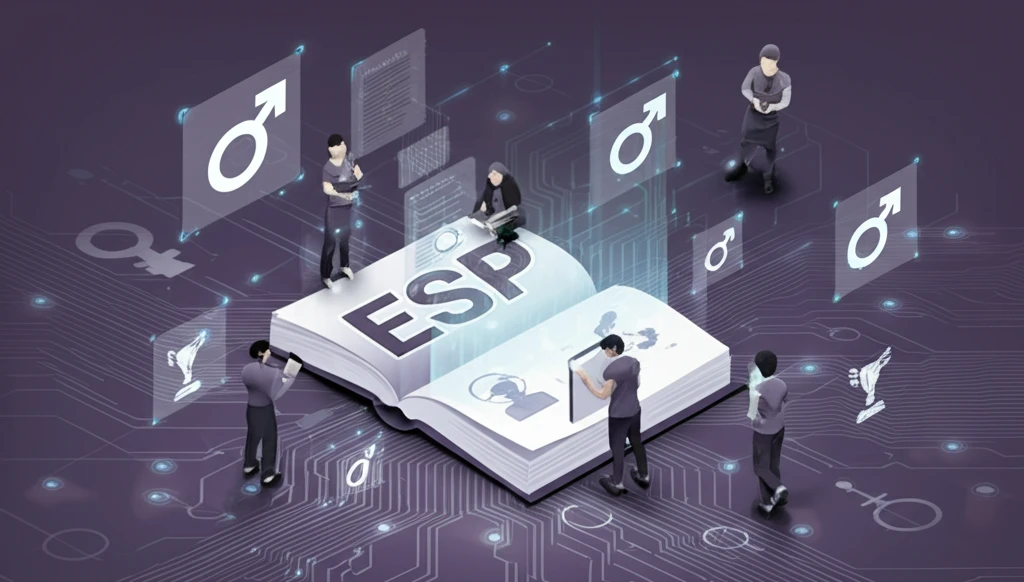
Decoding Success: How Gender and Skills Shape English Proficiency in ESP Students
"Unveiling the unique learning patterns of male and female students in English for Specific Purposes (ESP) programs and how educators can tailor their approaches for optimal results."
In today's interconnected world, English proficiency stands as a critical gateway to academic and professional success. For students enrolled in English for Specific Purposes (ESP) programs, mastering the language is not merely about grammar and vocabulary; it's about acquiring the tools necessary to excel in their chosen fields. However, the journey to English proficiency is rarely uniform. Factors such as gender, existing skill sets, and individual learning styles can significantly influence a student's progress and overall success.
This article delves into a compelling research study that investigated the variations in English language learning among ESP students, with a particular focus on gender and proficiency levels. By examining the strengths and weaknesses of both male and female students, the study sheds light on the unique challenges and opportunities that educators face in creating inclusive and effective ESP learning environments.
Inspired by the findings of this research, this article offers actionable insights and practical strategies for educators looking to optimize their ESP programs and empower all students to achieve their full potential. We'll explore how understanding gender-based learning patterns, tailoring instruction to individual skill sets, and fostering a supportive learning environment can pave the way for greater student success in the world of ESP.
Unlocking the ESP Puzzle: Gender, Proficiency, and Tailored Learning

The original study, conducted at “F.S.Noli” University in Korça, Albania, involved 57 freshman students from the History-Geography Department. The researchers sought to understand the students' English language capabilities at the start of their ESP course, investigating their strengths and weaknesses. The study specifically aimed to answer these critical questions:
- Are there any variations concerning both genders or within each gendered group?
- What are the actual proficiency skills Male and Female students employ in English language learning?
- Targeted Analysis: The study emphasized the importance of both TSA (Target Situation Analysis) and PSA (Present Situation Analysis) to tailor the ESP course effectively.
- Data-Driven Insights: The research utilized placement tests and needs analysis to gather comprehensive data on the students' language abilities.
- Customized Content: The study concluded that different proficiency levels necessitate different language needs, advocating for tailored instruction that addresses specific academic requirements.
Empowering ESP Students: A Path to Proficiency
By understanding the interplay between gender, skills, and individual learning preferences, educators can create ESP programs that are both inclusive and highly effective. Through continuous assessment, tailored instruction, and a supportive learning environment, we can empower all students to unlock their full potential and thrive in their chosen fields. The key is to recognize that each learner is unique and that a one-size-fits-all approach simply won't cut it in the dynamic world of ESP.
